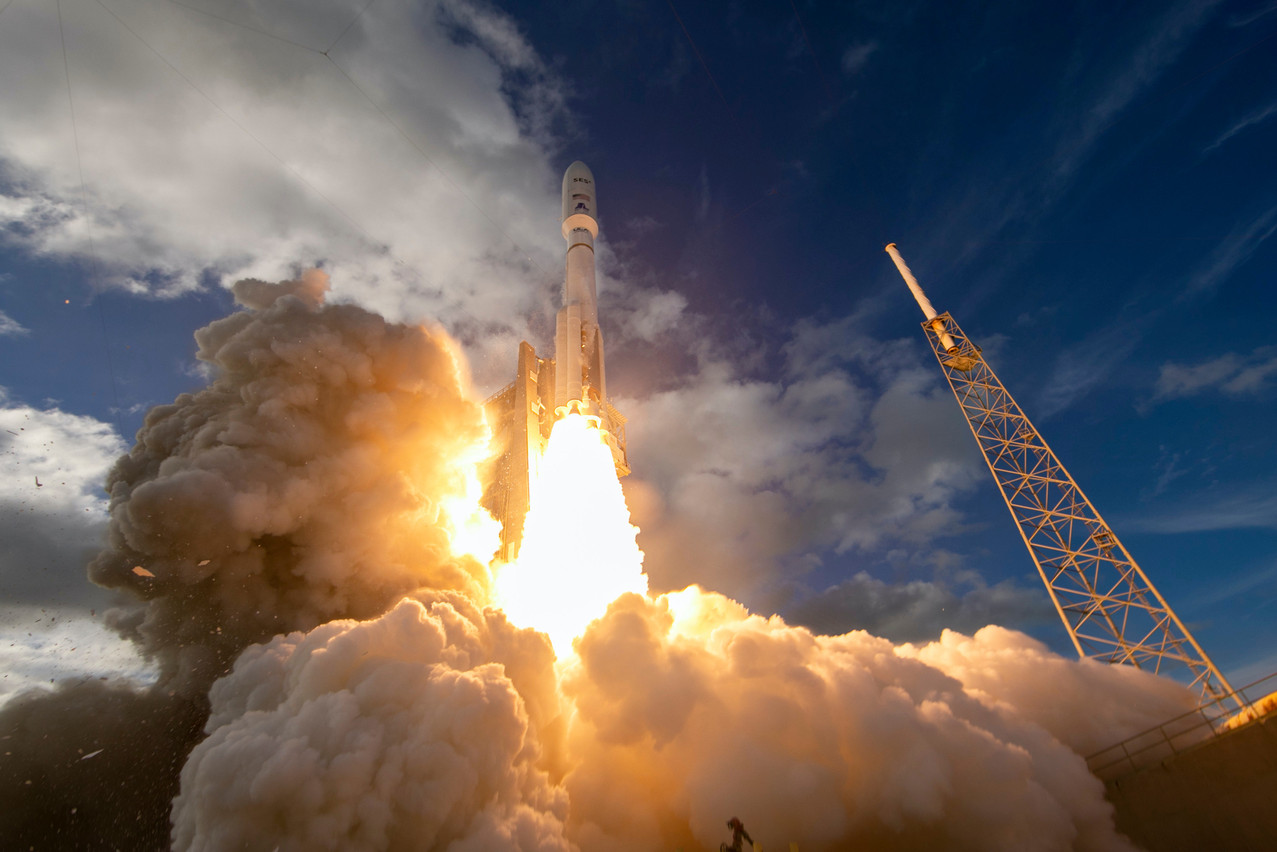The SES satellites SES20 and SES21, built by Boeing, were launched from Cape Canaveral to meet the requirements of US telecoms regulator Federal Communications Commission (FCC) for the roll-out of 5G.
In order for the FCC to sell the necessary bandwidth to operators wishing to take up 5G, space had to be made available, which the major satellite players had agreed to after lengthy negotiations, in return for financial compensation. Not only could they no longer use the spectrum, but they also had to reorganise their business on the ground and move their customers to another location.
SES had until 5 December 2023 to put the next two satellites into orbit, accommodate its customers and free up the corresponding spectrum. SES22 was the first C-band satellite to be launched on 29 June.
$1.6bn investment
"The successful launch of SES20 and SES21 will allow us to help our customers bring high-quality sports and entertainment to tens of millions of U.S. homes while delivering on our promise to reallocate spectrum to enable the U.S. to be the leader in 5G," said SES CEO . "The second phase of our US C-band offset business is well underway and we are grateful for the hard work of our partners at Boeing and ULA."
In March, SES also announced an agreement with American network operator Verizon. "This new agreement will allow SES to extend Verizon's access to the 3,700-3,800MHz block in certain markets beyond the 46 partial economic areas allowed in Phase I and prior to the Phase II accelerated relocation deadline. SES will install filters and other ancillary equipment at approximately 500 sites in 2022, comparable to activities performed in Phase I, and earn up to an additional $170m from Verizon, subject to delivery of the compensation within a timeframe agreed to by the parties."
In 2020, Collar had put together a battle plan to meet the FCC's expectations by investing $1.6 billion. The two satellites are expected to become operational in November.
This story was first published in French on . It has been translated and edited for Delano.
